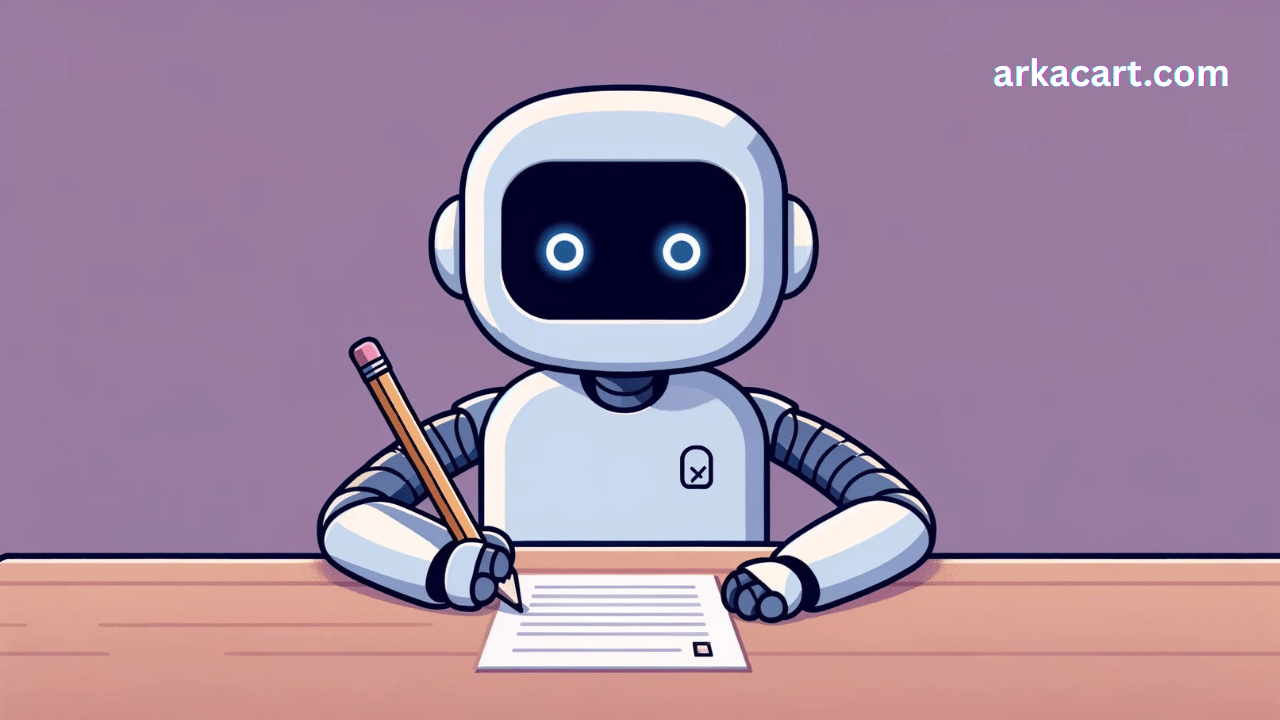Octalysis: gamification principles transferred to HR
One of the tools that has revolutionized the field of human resources is gamification , that is, the use of games with the aim of training and/or developing certain skills. Octalysis is a gamification system that lays the foundations to make any game (or intervention that seeks to arouse action in our team members) a success.
What is gamification in human resources
When we talk about gamification in human resources we refer to the union of two apparently distant universes such as video games and the business ecosystem.
The aim of Octalysis is to use the social elements , the techniques and the motivation that video games naturally arouse, to achieve goals for the Human Resources department that would otherwise be difficult and expensive to achieve. Through gamification it is possible:
- Train and discover capabilities in team members.
- Train team members in certain fields.
- Promote and improve teamwork.
- Inculcate the culture and important values for the company.
- Modify behaviors that may already be ingrained.
- Improve selection processes by testing the employee in different aspects through the game.
What is Octalysis?
Octalysys is a system created by You-Kai Chou , an expert in gamification, that presents the eight engines that must be activated to achieve maximum performance in a game, and a real motivation in users. The eight engines or principles of gamification that Chou presents through Octalysis are:
- Epic Meaning and Calling . This engine alludes to the motivation that arises when we feel that we are part of something bigger than ourselves, something epic. This is common in games in which an objective as powerful as saving the human species is proposed, only with that approach we already have a greater commitment than if what we wanted is to get a treasure for our own profit.
- Development and realization . The feeling of evolution and improvement is a very powerful engine. Any game in which the player earns points is based on this principle of motivation. Using this type of element in the game means, for example, providing the user with a progress bar in which he himself can see his evolution. Every time he returns to the game, by reference to his own figures (or even those of other players) he will be motivated to go beyond the results of the previous game; On the other hand, he will feel fulfilled every time he achieves his goals (pass the screen, reach a certain number of points…).
- Boost creativity . This is an impulse present in games as old and current as chess or poker. We are talking about games in which very varied actions or different stimuli are not established, but they hook the user because his brain is busy creating strategies based on what is happening. This creativity in which the player analyzes different variables and has to adapt to the reality of the game is difficult to achieve, but it generates great motivation and a very powerful commitment.
- Ownership and Possession . This principle is very present in our lives, part of the basis that when we consider something as our own, we want to protect and improve it. The DragonBox game for children uses this premise to get its users to perform equations in order to feed their dragon. Mathematics is not usually a very attractive claim, but with a good approach and a good engine, as in this game, we obtain enormous motivation and great learning value.
- Social influence and affinity . social networks, marketing… they are well aware of this principle that reveals to us that many of the things we do we do because of the place we want to occupy in society, and out of affinity. In certain fields, our commitment not to be below certain limits can be what leads us to action: recycling waste, consuming water responsibly, collaborating with an NGO… On the other hand, we are going to feel connected to what has to do with us: connect with our generation, the place we come from, our interests or personal tastes… Taking all this into account, it will be interesting to integrate these variables in a game: the fact of keeping open the scores of all the players in a game in which they test different values can encourage the participants to want to stay above the average.
- Scarcity and impatience . This principle refers to the motivation that awakens in us everything that is scarce or that we cannot have. In a way, it plays with our psychology by limiting, for example, the time, the number of people who can reach a certain goal.
- Unpredictability and curiosity . It is common that when uncertainty arises regarding a fact or situation, it is impossible for us to stop thinking about it. This principle is very present in the game, but also in literature or cinema, and from experience we know the commitment it generates in the public.
- Loss and avoidance . This principle resorts again to inverting the point of view: we do not play trying to achieve something, but trying to avoid something (a game as old as ‘pilla pilla’ is based on this premise).
It is important to take these principles into account as a tool in game design, but also in human resource management, since, as Yu-Kai Chou states , they are the starting point when we seek to awaken the motivation of a person with the objective to develop a certain action.
In order to awaken motivation, it will not be necessary to activate these eight engines simultaneously, but we will bear in mind that the more engines that are activated, the greater the commitment and the motivation that we will obtain will be greater and longer lasting. Octalysis offers us new opportunities to develop our skills and put them into practice in the business world.


